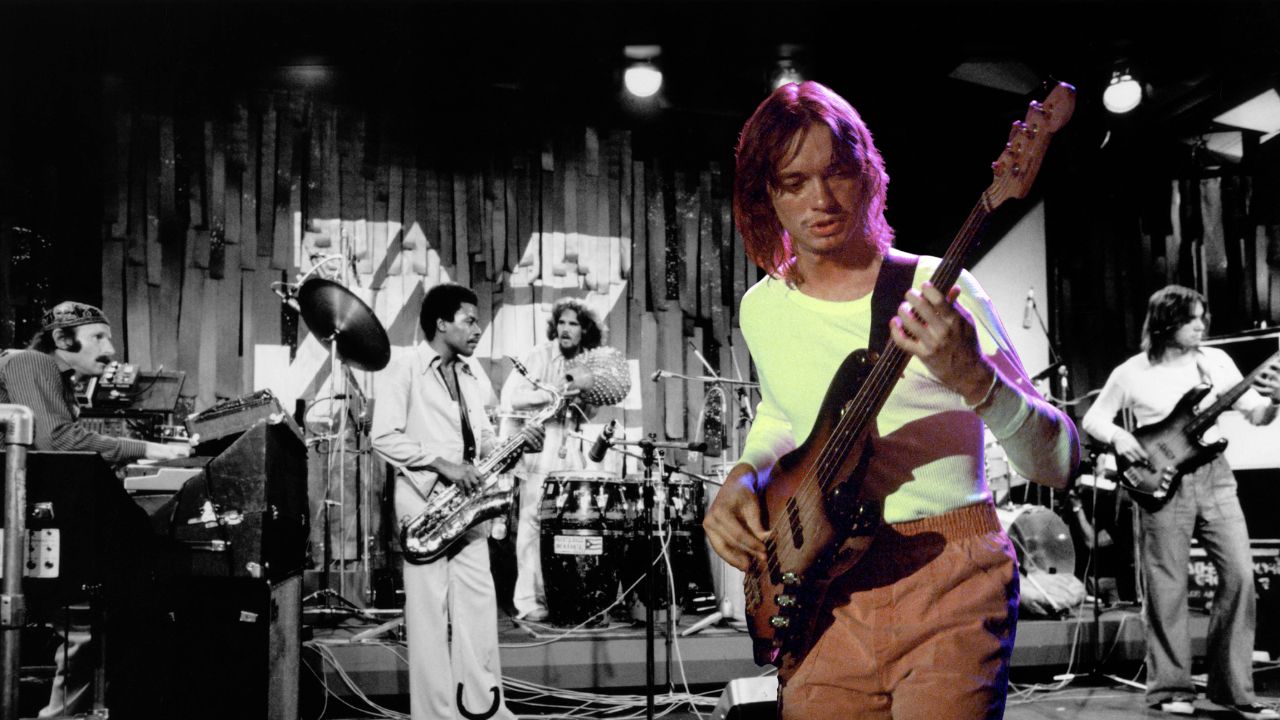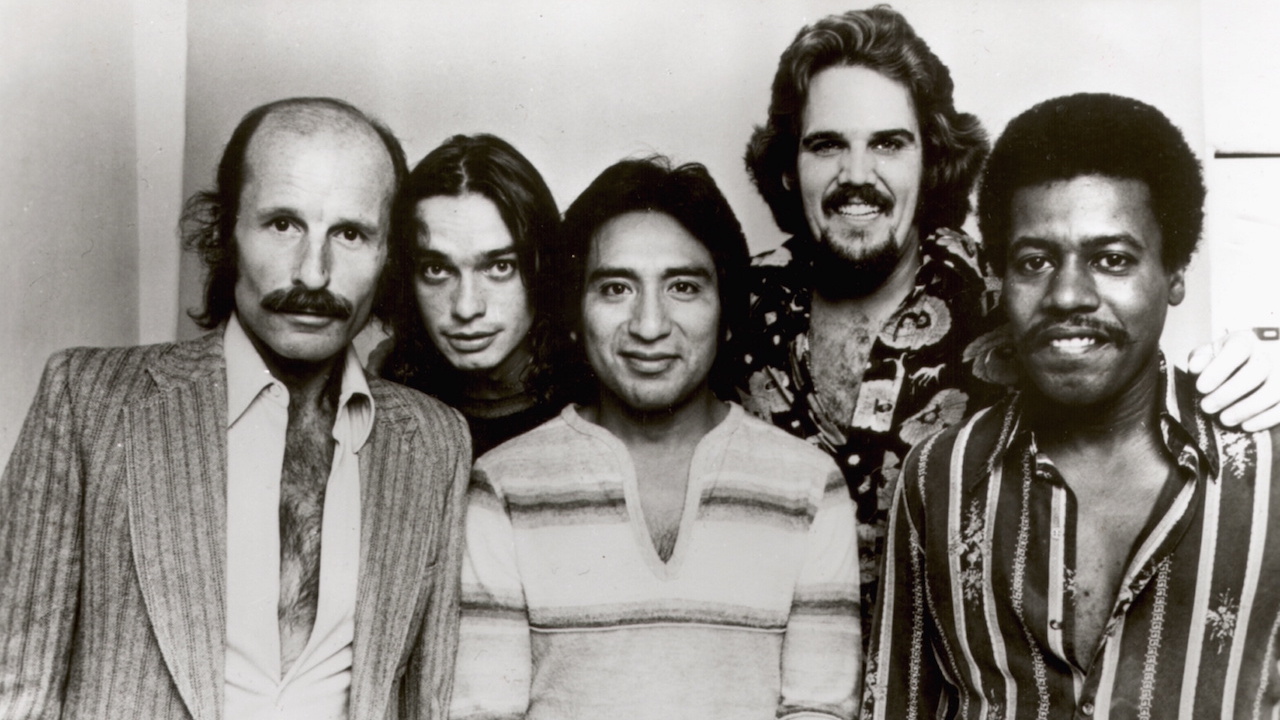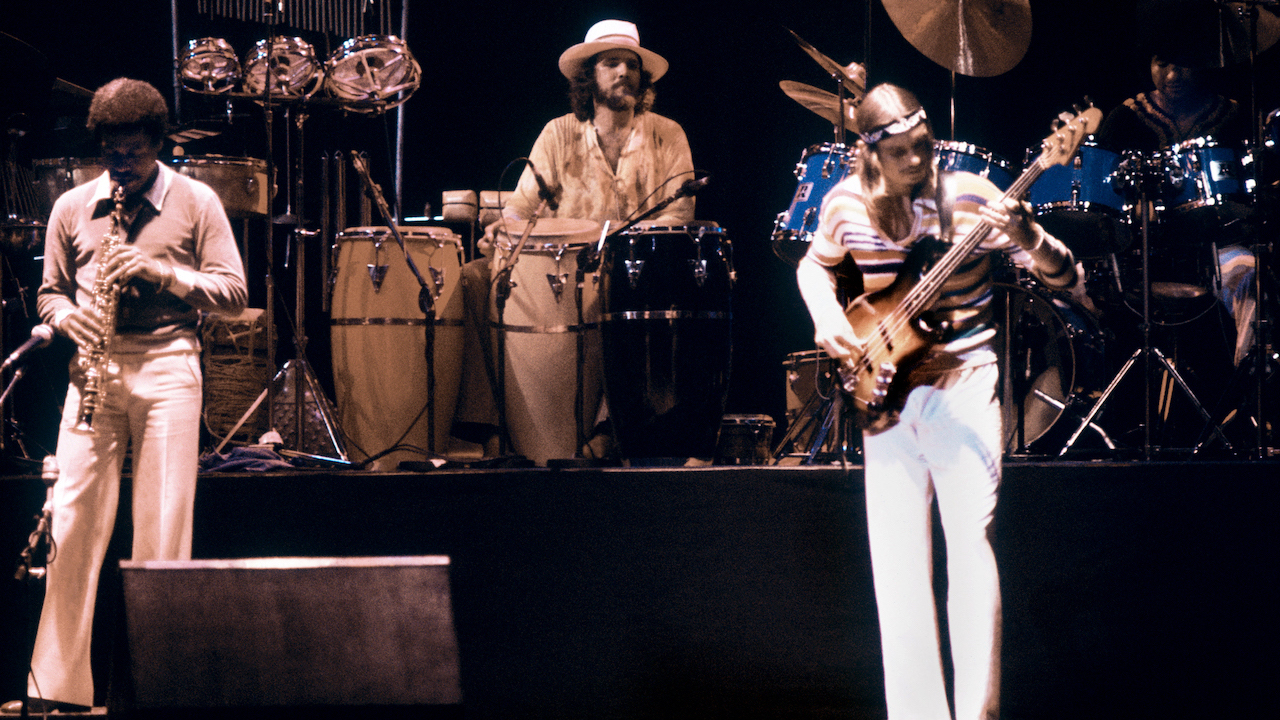“It was one of the few tunes that the band didn’t try to play live, but it’s definitive Jaco”: Discovering Jaco Pastorius and the making of Havona
Inside Jaco’s Weather Report audition and the recording of Heavy Weather's standout track

“Come here and take a look at this.” The request came from legendary engineer Ron Malo, whose recordings at Chess, Motown, Capitol and other labels ranged from Chuck Berry and Muddy Waters to the Rolling Stones and Billy Joel. He was speaking to young engineer Brian Risner. On the other side of the glass, an equally youthful Jaco Pastorius had just plugged in for his Weather Report audition track: Cannonball, from the album Black Market.
As Risner relates, “Ron said, ‘All I have is maybe 3dB of peak limiting and almost no EQ, and it’s not even going into limiting. There’s only one other bass player I’ve ever worked with who got this great a sound from his hands, and that was James Jamerson.’”
Needless to say Jaco passed the audition, and Weather Report’s 1977 epic, Heavy Weather, sealed his reputation as the self-proclaimed “greatest bass player in the world.” As drummer Alex Acuña told Joe Zawinul biographer Brian Glasser, “Havona is my favourite Jaco track on the album. That, for me, is how I always want to play, that kind of a conversation. Everything was improvised in that moment – it’s almost no overdubs. When I hear that tune, I still get the chills."
Peter Erskine, who succeeded Acuña in Weather Report, added: “It's a perfect track and one of my all-time favorite Jaco performances. Oddly, it was one of the few tunes that the band didn’t rehearse or try to play live when I was in the group, but it’s definitive Jaco: incredible rhythm, new and fresh harmony, virtuosity – flawless execution and intonation, including his Stravinsky quote!"
Brian Risner, who engineered Heavy Weather with Malo, and also did live sound for Weather Report from 1972–1983, shared some details of the session. “It was late 1976, and we were at our usual spot, Devonshire Sound Studios, in North Hollywood. The room there is like a live echo chamber, which is why there’s so much ‘air’ in Weather Report recordings. There was no need for tight miking or much miking in general, with the room supplying all that ambience and an open, accurate, spatial sound.”
Jaco played his 1962 Fender Jazz Bass, with its fretless rosewood neck and new Rotosound roundwound strings. Risner recalls that while Jaco’s Acoustic 360 rig was miked against the upper grille with an Electro-Voice RE-20, that was only 25 percent of the sound; the other 75 percent was his direct signal through a stock M.C.I. board, with a “drop” of limiting in a few spots, via a Universal Audio 1176.
“Jaco brought the song in new, so they were all reading it,” says Risner. “I remember it was the most challenging song on the album. They ran it down a few times, and in those days a reel of tape was 15 minutes, so you’d play the tune twice in a row for each take. I can’t recall how the bass guitar solo was done, but there were at least three tracks of bass available, so Jaco could have edited it together from different passes. I just remember that Jaco, Joe and Wayne were always present, for overdubs or punches.”

“The whole track sounds like it’s coming from another dimension," said jazz bassist Mark Egan. "Jaco revolutionized the instrument like no one had before him, and – as far as I’m concerned – like no one ever will again.”
"Jaco grooves Havona with that trademark 16th-note figure he loved to play," Marcus Miller told BP. "And his solo is beautiful – it’s more like a composition in that it’s well thought out and flawlessly executed. Gil Evans used to get a real kick out of how shamelessly romantic Jaco’s phrasing could be, and this solo has some great examples – especially the opening lines."

Heavy Weather is available to buy or stream.
Get The Pick Newsletter
All the latest guitar news, interviews, lessons, reviews, deals and more, direct to your inbox!

Nick Wells was the Editor of Bass Guitar magazine from 2009 to 2011, before making strides into the world of Artist Relations with Sheldon Dingwall and Dingwall Guitars. He's also the producer of bass-centric documentaries, Walking the Changes and Beneath the Bassline, as well as Production Manager and Artist Liaison for ScottsBassLessons. In his free time, you'll find him jumping around his bedroom to Kool & The Gang while hammering the life out of his P-Bass.
“When I first heard his voice in my headphones, there was that moment of, ‘My God! I’m recording with David Bowie!’” Bassist Tim Lefebvre on the making of David Bowie's Lazarus
“One of the guys said, ‘Joni, there’s this weird bass player in Florida, you’d probably like him’”: How Joni Mitchell formed an unlikely partnership with Jaco Pastorius



![[from left] George Harrison with his Gretsch Country Gentleman, Norman Harris of Norman's Rare Guitars holds a gold-top Les Paul, John Fogerty with his legendary 1969 Rickenbacker](https://cdn.mos.cms.futurecdn.net/TuH3nuhn9etqjdn5sy4ntW.jpg)







